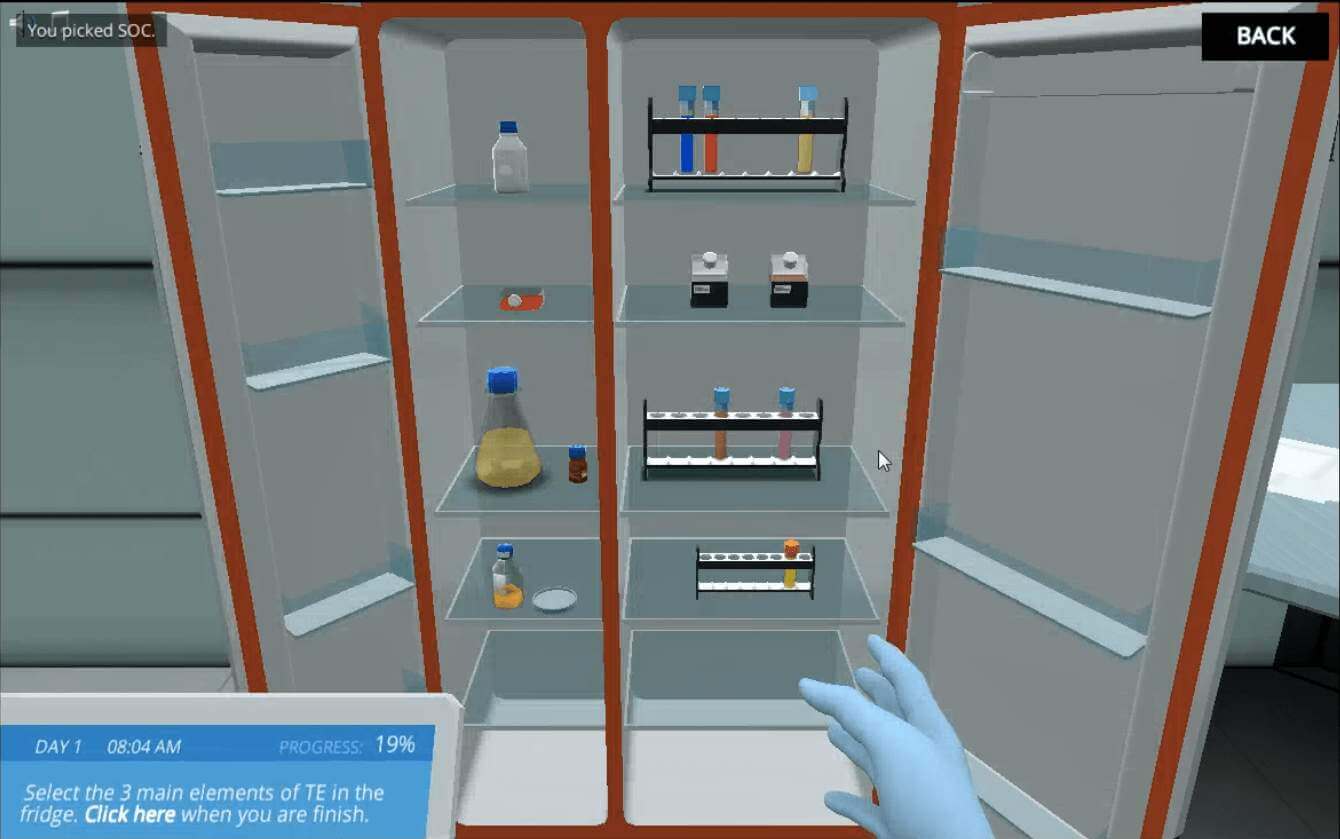The first lab we designed in collaboration with Labster was the Tissue Engineering Lab with Prof. M. Zenobi-Wong. We started in June 2015, and tested the lab in December with 150 students. It has been in use since then. If you haven’t yet, read more about it in our blog post.
Lab Description
About the Tissue Engineering Virtual Lab Simulation
In the Tissue Engineering simulation, you will help a sports physician repair an athlete’s damaged articular cartilage. During your quest, you will learn the principle of hydrogel synthesis and its application in regenerative medicine. Will you manage to produce a suitable hydrogel to replace the damaged cartilage?
Get Started Now
Help a sports physician repair an athlete’s damaged articular cartilage.
